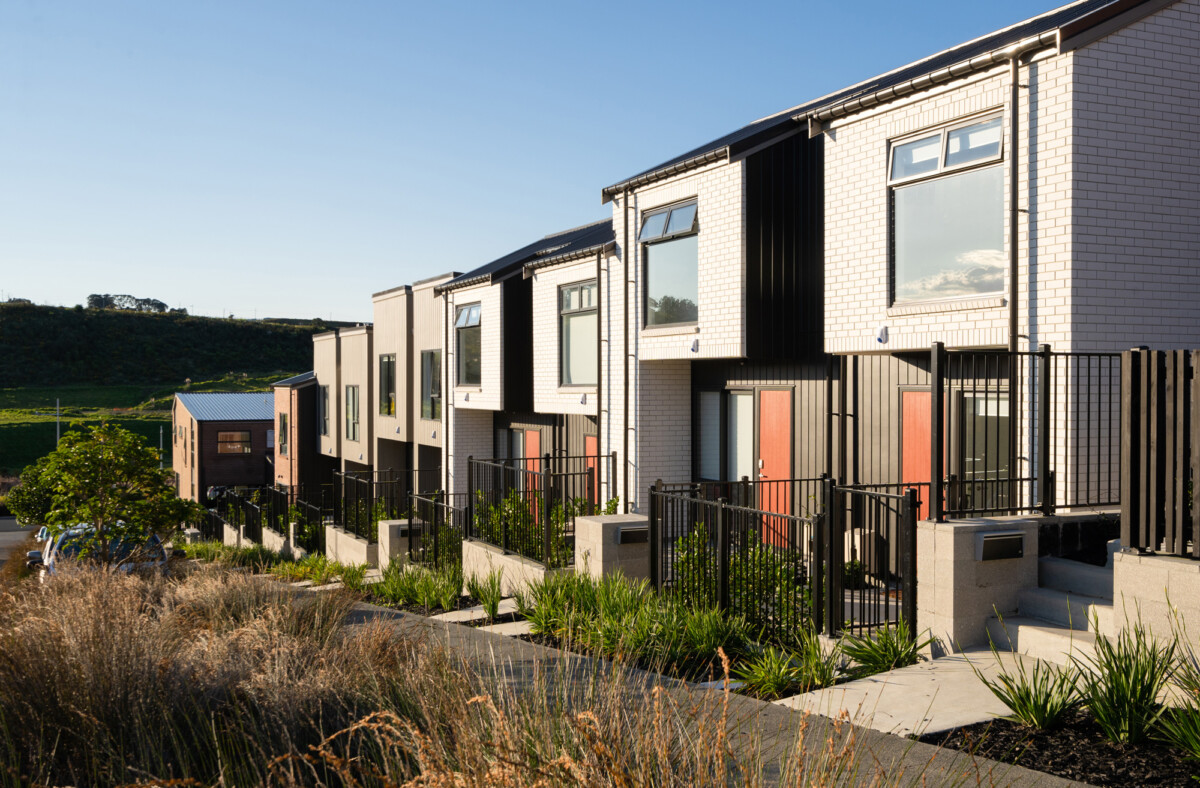Design licence for medium density
14 Oct 2022, LBP & Regulation, Learn, Prove Your Know How

The new medium density residential standards may require designers to add a further LBP area of practice. Even if you don‘t strictly need the licence, you must be able to show you have the skills and competency to design buildings over 10m in height
Recently a colleague posed this question: ‘Currently, I have a Design Area of Practice (AoP) 2 licence. Do I need to apply for a Design AoP 3 licence to be able to carry out design work under the new medium density residential standards?’
The answer is that you may need an AoP 2 licence if the design work comes within the definition of Restricted Building Work (RBW), but not a Design AoP 3.
The reason the answer is ‘may’ and not ‘must’ relates to differences in the height limits in the definition of RBW in the Building (Definition of Restricted Building Work) Order 2011 compared to those in the medium density residential standards (MDRS).
Clause 6 of the Building (Definition of Restricted Building Work) Order 2011 stipulates:
Certain design work relating to primary structure or external moisture-management systems of residential buildings to be restricted building work
- The kinds of design work described in subclause (2) are restricted building work for the purposes of the Act.
- The design work referred to in subclause (1) is the preparation of any drawing, specification, or other document, according to which—
-
- the primary structure of a house or a small-to-medium apartment building is proposed to be constructed or altered; or
- any external moisture-management system attached to or forming part of a house or a small-to-medium apartment building is proposed to be constructed or altered.
The terms ‘house’ and ‘small-to-medium apartment building’ are defined in clause 3 of the Order as:
A house means ‘a free-standing, fully detached building consisting of a single residential unit – or a single residential unit and one or more residential facilities’.
A small-to-medium apartment building means ‘a building that:
- Contains two or more residential units or residential facilities.
- Does not contain parts that are neither residential units nor residential facilities.
- Has a maximum calculated height of less than 10m.’
It is in the last part of the definition of small-to-medium apartment building that the differences with MDRS arise.
Clause 3 of the Order provides the following further definition: ‘maximum calculated height, in relation to a building, means the vertical distance between the highest point of its roof (excluding structures such as aerials, chimneys, flagpoles, and vents) and the lowest point of the ground’.
The MDRS, however, allow for a maximum building height of 11m plus 1m for a pitched roof. This exceeds the maximum calculated height provided in the Order.
Given this, a designer will have to be licensed and hold a Design AoP 2 Licence (based on the categories of buildings as defined in the Building (Designation of Building Work Licensing Classes) Order 2010) if the design work comes within the RBW definition.
However, if the building is a small-to-medium apartment building which exceeds 10m from its highest to lowest points, then it would fall outside of the RBW definition. The design work would not have to be carried out by an LBP.
Caution is, however, still advised even if the design work is not restricted building work.
Firstly, when it comes to disciplinary liability, LBP designers can be responsible and accountable for their work, even if it is not restricted building work. This is because the broadest disciplinary charge under the Building Act is negligence and/or incompetence. The specific charge (section 317(1)(b) of the Building Act) relates to building work, not restricted building work. Building work is defined in section 7 of the Act, and it is much wider than restricted building work, and it would include design work relating to an MDRS structure that was higher than 10m.
Secondly, the disciplinary regime focuses on competence. One way of assessing a LBP designer’s competence is by reference to the Area of Practice that they hold as defined in the Designation of Building Work Licensing Classes) Order 2010. Generally, Design AoP 1 licence holders are restricted to Category 1 Buildings, AoP 2 to Category 1 and 2 Buildings, and AoP 3 to Category 1, 2 and 3 Buildings. Interestingly, if you look at the Building (Designation of Building Work Licensing Classes) Order 2010 and compare the height limits in it to the RBW Order you will note that Category 3 Buildings fall outside of the definition of RBW. There may, in this difference, have been an element of future proofing should the definitions of RBW be extended at any time in the future.
Given the above, if a designer was developing a building consent for an MDRS building that had a high risk-matrix score or was nearing the upper limits in the MDRS allowable height, and they only held a Design AoP 1 licence, for example, then it may follow that they have carried out building work that is outside of their competence. This is another disciplinary charge under the Act (section 314 and 317(1)(h) of the Building Act) and another reason for caution.
It’s also worth noting that a designer who works outside of their personal competency may run into issues with their professional indemnity cover and their civil liability to their clients.
Finally, remember, the LBP scheme and Areas of Practice are designed to recognise the competence of designers so that consumers can choose the right person for the job. The scheme relies on designers using their licence responsibly to ensure quality compliant homes are built.
The Codewords article above is republished verbatim from Issue 109. As such, neither PlaceMakers or Under Construction magazine’s publishers take responsibility for the accuracy of the article or its corresponding questions. Reading this article and answering the questions meets Skills Maintenance requirements.
Register to earn LBP Points Sign in
1 Comment
Leave a Reply
You must be logged in to post a comment.




great quiz had to think